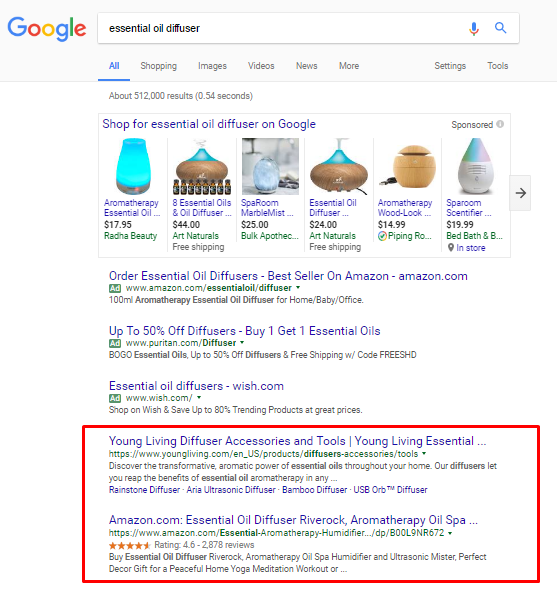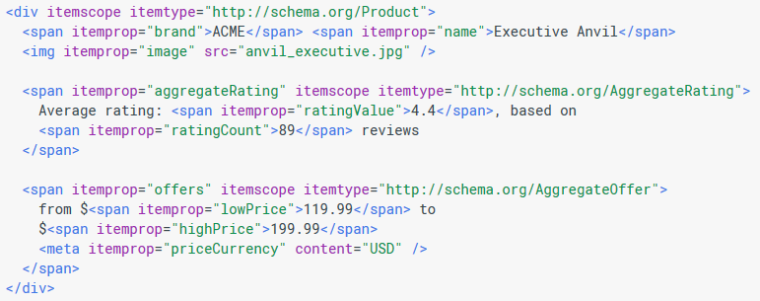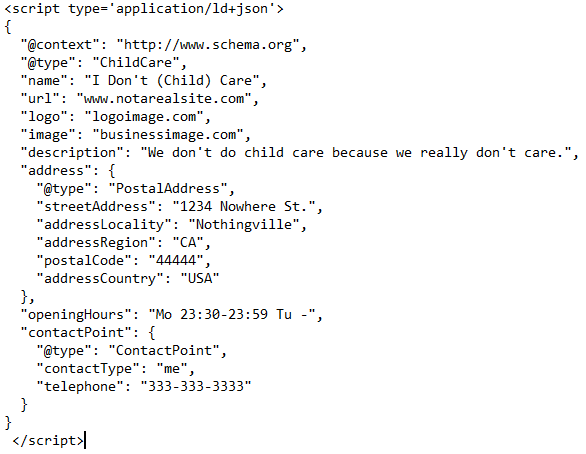
Over the past couple of years, we’ve seen SEO shift its focus away from traditional “ranking issues.” Not only is there an increased focus on usability and conversions, but search engines have made it possible to allow SEOs to have some form of controls over how their rankings appear in the search results through rich snippets.
Here is an example of a series of rich snippets in a search result for a hotel:

SEOs or webmasters don’t have direct control over what search engines choose to show in these snippets, but they can use schema markup to make it more likely.
Schema markup allows you to tag certain content within your web page code that helps the search engines recognize it. Remember, what visitors see visually is often the result of fairly complex code. Search engines can only read the code and try to interpret it visually, but don’t always get the correct correlations of data. Schema markup ensures that they are better able to understand this data.
Why Schema?
As a result, your listings look more attractive and provide more useful information to searchers, making it more likely they will click on your website and, eventually, become a customer.
Moreover, less than 1% of sites have implemented rich snippets, so using schema can really help your website stand out against competitors in the rankings.
Think about it: Which of these listings would you be most likely to click on:

The second one, right? Why? Because it has a good rating displayed right there in the listing. That’s the power of schema markup. It can get your products a better click through even above products that may rank higher than yours in the rankings.
But it can actually help your rankings, too, at least indirectly. According to Search Engine Watch, pages with schema markup rank an average of four position better than those without it.
Schema Formats
If you’re not technically inclined, you may want to save this part for your developer and skip down to the types of schema for ecommerce.
You’ll see a lot of different names thrown around: schema, microdata, structured data, all of which are often used interchangeably. But when it comes to specific formats of schema, there are three different ones that can be used on your site:
- Microdata
- JSON-LD
- RDFa
The first two are the most popular and will probably suffice for most of your needs. Here is an example of microdata:

Here is an example of JSON-LD:

Not that I really expect those screenshots to tell you much, but it’s an example of the differences. The primary being that microdata is often added around the items you’re describing and JSON-LD is included in a separate script tag. If this is all Greek to you, just let your developer know what you are trying to accomplish and they will take care of it.
12 Types of Schema Markup For Ecommerce
If you want to know all the different types of schemas, schema.org has a full list. Only a fraction of these will apply to your site. In fact, most ecommerce sites will only need the following:
- Product name
- Product image
- Product description
- Brand
- Reviews
- Ratings
- Special Offers
- SKUs
- Price
- Currency
- Availability
- URL
Using schema markup leaves no room for misinterpretation by the search engines. It shows them exactly the information contained on your page and what each snippet is. It doesn’t guarantee that you’ll see these snippets show up in search results, but it does make it possible.

2 Responses to Make Your Ecommerce Site Stand Out In Search With Schema Markup